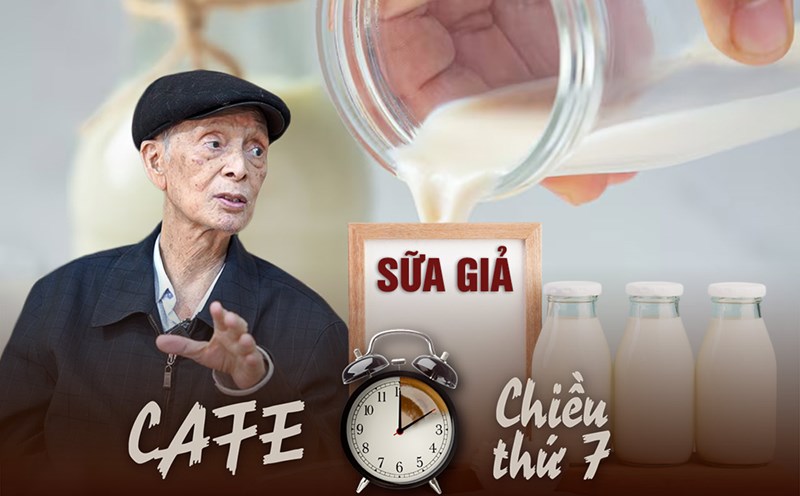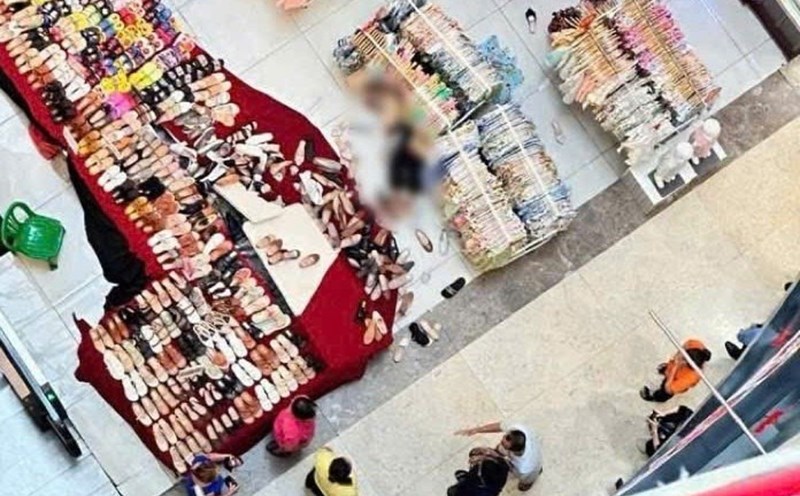Technical loopholes from spontaneous effects
A gardener in Phu Cuong commune, Cai Lay district revealed: Previously, when farmers switched from rice fields and fish ponds to growing durian, they did not encounter many obstacles from the local government, causing their families to rush to plant. Faced with this phenomenon, the agricultural sector has taken propaganda measures, but they are not very promising.
"For rice farmers, they will give the reason that the road is difficult because everyone grows durian, the machinery is difficult, and harsh harvesting... Many people even argue with local government representatives about escaping poverty and getting rich; not to mention many private business cases...", said a farmer.

Experts see that more and more farmers spontaneously plant durian, the level of production is not guaranteed by self -applying many processes. In some places, the consultation of the trader system, traders in the input materials chains to output consumption with profit goals, which is the key factor that increases the cost of durian production. This is one of the causes of unsustainable production.
Most recently, there was a story of some durian gardens that were bearing young fruit, entering the stage of ricelessness (the stage of forming the durian intestines) and having many fallen or burnt leaves due to hot weather and bacteria.

Prof. Dr. Tran Van Hau - former senior lecturer at Can Tho University - said that leafy liver disease today has many differences compared to before. If in the stage of pests and premature fruits, farmers do not apply timely management and prevention measures, when the durian and fruit start to weigh heavily, it will be difficult to treat and even cause the trees to die.

Supply exceeds demand
In March this year, durian prices in the Mekong Delta began to fall sharply after a long period of causing rain and wind in the market.
Accordingly, Ri 6 durian is purchased by traders at the garden in Phong Dien district for about 50,000 VND/kg (quality type), down nearly 70,000 VND/kg compared to the 2024 off-season. In Tien Giang, Ri 6 durian in the fields in the area fluctuates at about 60,000 VND/kg, Thai durian is priced at about 100,000 VND/kg.

Entering April, durian prices in the Mekong Delta continued to decrease. As of April 20, in Can Tho and Hau Giang, the price of Ri6 durian is only 30,000 - 35,000 VND/kg, down 5,000 - 10,000 VND/kg compared to the beginning of April; while Thai durian is from 60,000 - 65,000 VND/kg. This selling price is only 1/3 compared to the same period last year.
Currently, traders only buy in moderation, even at very low prices. It has been noted that in recent days, some gardeners have brought durian to sell along National Highway 61C (the road connecting Can Tho City and Hau Giang).

According to Mr. Tran Thai Nghiem - Deputy Director of the Department of Agriculture and Environment of Can Tho City, currently some gardeners have not changed their production practices, the production cost of durian alone is 35,000 - 40,000 VND/kg. Meanwhile, if advanced production processes are applied correctly, the cost is only about 10,000 - 12,000 VND/kg, and there is still a profit.
Shock of tightening exports
The tightening of durian imports from January 2025 by a number of countries, including the application of Basic Yellow 2 and Cadmium balance control measures, has caused a "shock" for the durian market in the Mekong Delta.

Master Nguyen Phuoc Tuyen - former Director of the Agricultural Extension Center of Dong Thap province - said that Basic Yellow 2 (also known as auramine O, common name as Gold O) is a substance that can cause cancer and affect liver and kidney function, so it is strictly prohibited in food or consumer products. This chemical is used by gardeners and processing plants for the purpose of dyeing to create a unique durian peel to add beautiful yellow, said Master Tuyen.

In addition to O Gold, inspection results from some countries also show that the Cadmium remainder in imported durian exceeds the permitted threshold by a very high margin. It is even more difficult to "detoxify" when Cadmium is the result of a long-term farming process.
Master Tuyen's analysis reminds us of the real confession of durian farmers in Phong Dien district: "Not everyone complies with the regulations, especially without strict control from the state. To be more precise, farmers still swim in the spiral of the dream of escaping poverty and getting rich.











